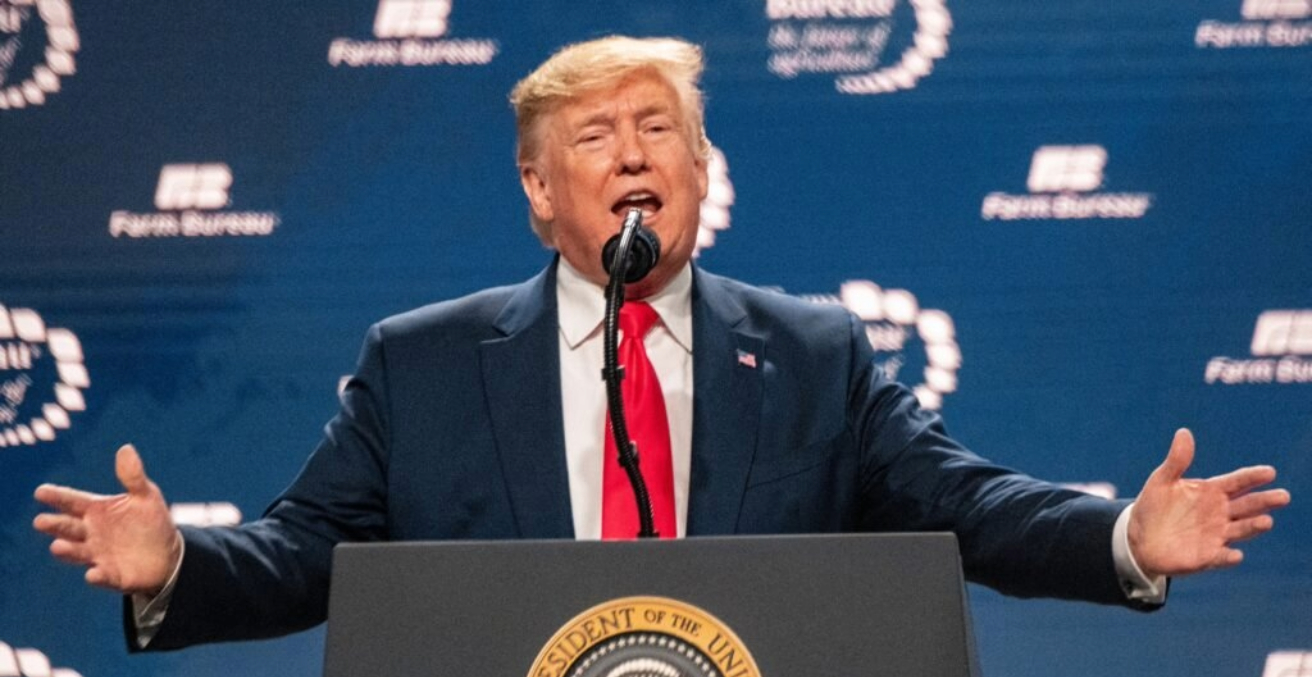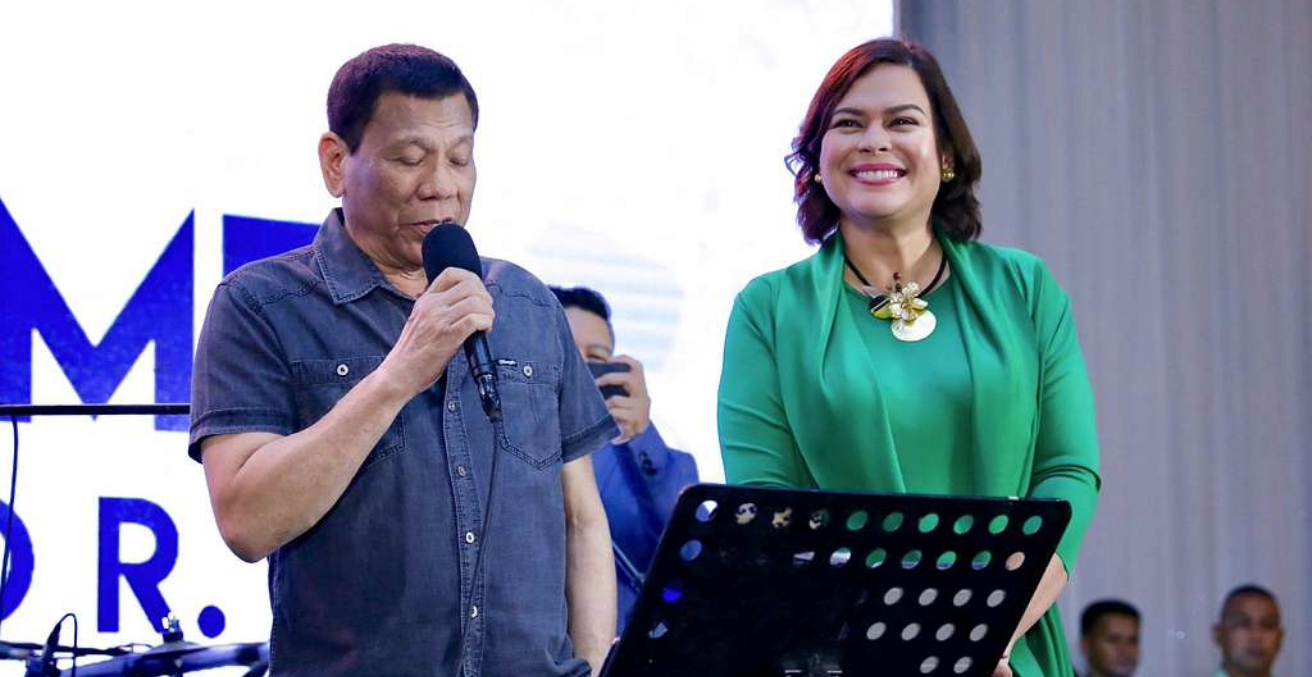The divide between Republicans and Democrats is widely seen as the most fundamental one in contemporary American politics. Yanna Krupnikov and John Barry Ryan challenge this notion.
The journalist Walter Lippmann once pointed out that people are apt to boil reality down to a few select symbols or stereotypes. These “pictures in our heads”, as he called them, serve to represent what is actually a much more complex situation. This comes often to the detriment of our understanding. The authors of a new book on polarisation in American politics want us to reconsider one of these pictures.
In The Other Divide: Polarization and Disengagement in American Politics, Yanna Krupnikov and John Barry Ryan make the case for considering the divide not between different sets of hyper-engaged partisans, but rather between those who are deeply involved in politics and those who are not. They argue that the group of Americans for whom political partisanship is a defining cornerstone of their identity is surprisingly small, but that these people are the most visible thanks to their endless Twitter posts, disproportionate representation in the media, and propensity to bore the other guests at Thanksgiving dinner. Their visibility obscures the fact that most Americans are not nearly so polarised, which could have implications for the future of US politics.
The book suggests that what is sometimes interpreted by pollsters as partisanship might be explained by exhaustion and exasperation with politics – and politicians – in general. When voters tell pollsters that they don’t want their children to marry someone from the opposing party, what they trulyf ear is not moral contamination but ruined social gatherings. If pollsters promise that the new in-laws will never or rarely talk about politics, views of the marriage become much more favorable. Because a small minority of hyper-partisans have come to define what it means to be engaged in politics, “normal” Americans are wary of engaging at all.
Growing partisan polarisation in the United States has become a perennial worry of overseas observers, particularly those who count on steadiness and constancy in American foreign policy. As political scientist Kenneth Schultz has argued, polarisation has a number of negative impacts on American foreign policy. It makes it harder to get bipartisan support for new policies, it undermines attempts to learn from foreign policy failure, and it creates the risk of dramatic policy swings between administrations. Within the space of seven years, Barack Obama negotiated the Iran deal and the Paris Agreement, Donald Trump pulled out of both, and Joe Biden tried to get back in again. Such oscillations make it hard to run effective policy and to keep allies.
The existence of a large silent majority of unengaged and disinterested voters should not offer much comfort to observers who are concerned about the future of American foreign policy. Although the authors are right to draw attention to the peculiarity of hyper-partisans, the fact remains that these unusual voters are the most influential. They are the most likely to vote in primary elections, to donate money to candidates, and to be represented in media coverage. In today’s gerrymandered districts, the average member of Congress is much more worried about being tossed out by a primary electorate composed of the hyper-engaged than she is to worry about losing a general election. She votes and acts accordingly.
Nor is it the case – as the authors are quick to point out – that the disengaged are somehow inherently more virtuous than the hyper-engaged. They might be less likely to base their entire identity on politics, but they can still vote and act in damaging ways. Despite his serial lawbreaking, admissions of sexual assault, and patent unsuitability for office, Donald Trump never commanded the approval of fewer than 34 percent of Americans during his time as president. Just before he left office, in the aftermath of the 6 January insurrection, the figure was about 38 percent. If such a large part of the disengaged majority can continue to support hyper-partisan figures, even those who attempt to destroy the very basis of American democracy, they seem unlikely to act as a brake on America’s further descent into polarisation and chaos.
Indeed, sometimes the book can seem strangely blind to the most fundamental realities of American politics today, which involve the future of democracy and basic human rights in the country. Future research could fruitfully focus on how the involved/uninvolved divide maps onto attitudes towards the basic values of democracy and liberalism. In the meantime, while a tendency to “both-sides-ism” is perhaps understandable in a political science book which wants to seem strictly neutral, more problematic is the tendency of the authors to scold the deeply involved. In passages which are incongruously normative given the scrupulous tone of the rest of the book, they occasionally issue warnings such as “if more and more people behave like the deeply involved, then the system crumbles, and we end up in a dystopia.”
If everyone in society was utterly obsessed with politics and unable to talk about anything else, that would no doubt be problematic. Thanksgiving dinners would certainly be interminable. But equally disturbing would be a lack of any reaction as one of the two major American political parties devolves into an anti-democratic personality cult, or as fundamental human rights, such as the constitutional right to have an abortion, are stripped away. American politics is so polarised right now precisely because so much is at stake, and because a movement with a profoundly dangerous vision for the country is on the march. By definition, the disengaged are unlikely to stop them.
For overseas observers of American politics and those concerned about the future of its foreign policy, there is a need to accept that America is in a profoundly destabilising period and to hope that it emerges stronger on the other side. Periods of increased polarisation have not necessarily been negative at other points of American history but were rather a sign that positive changes were afoot. The immediate postwar years were a period of low polarisation, founded on the exclusion of most African Americans from any participation in politics at all. Certainly, the “deeply involved” caused some trouble in the Civil Rights Movement, but wasn’t the change ultimately for the better?
At the moment, however, America’s future might be bleak. If Trump retakes the White House in 2024, some grim outcomes become plausible. But it is important to realise that if this happens, the culprit will not be “polarisation” in general, but the adoption of an aggressively anti-democratic, illiberal ideology by the Republican Party. Their pairing of this ideology with deep skepticism regarding America’s commitment to its allies and their willingness to place the fate of the world in the hands of a man like Trump ought to alarm us all the more. If America – and the world – is to be saved from this fate, it won’t be thanks to the disengaged.
This is a review of: Yanna Krupnikov and John Barry Ryan, The Other Divide: Polarization and Disengagement in American Politics (Cambridge University Press, 2022). Hardback ISBN 10: 1108831125, ISBN 13: 9781108831123
Andrew J. Gawthorpe is a historian of the United States at Leiden University. He also hosts a podcast, America Explained, which explores US politics and foreign policy for an international audience.
This review is published under a Creative Commons Licence and may be republished with attribution.




